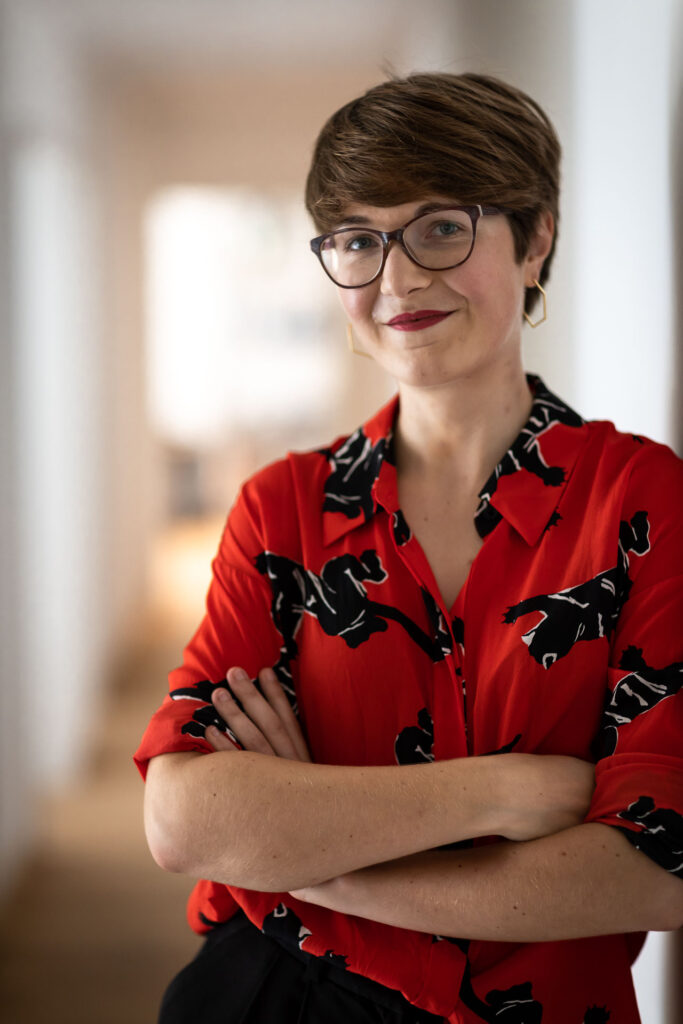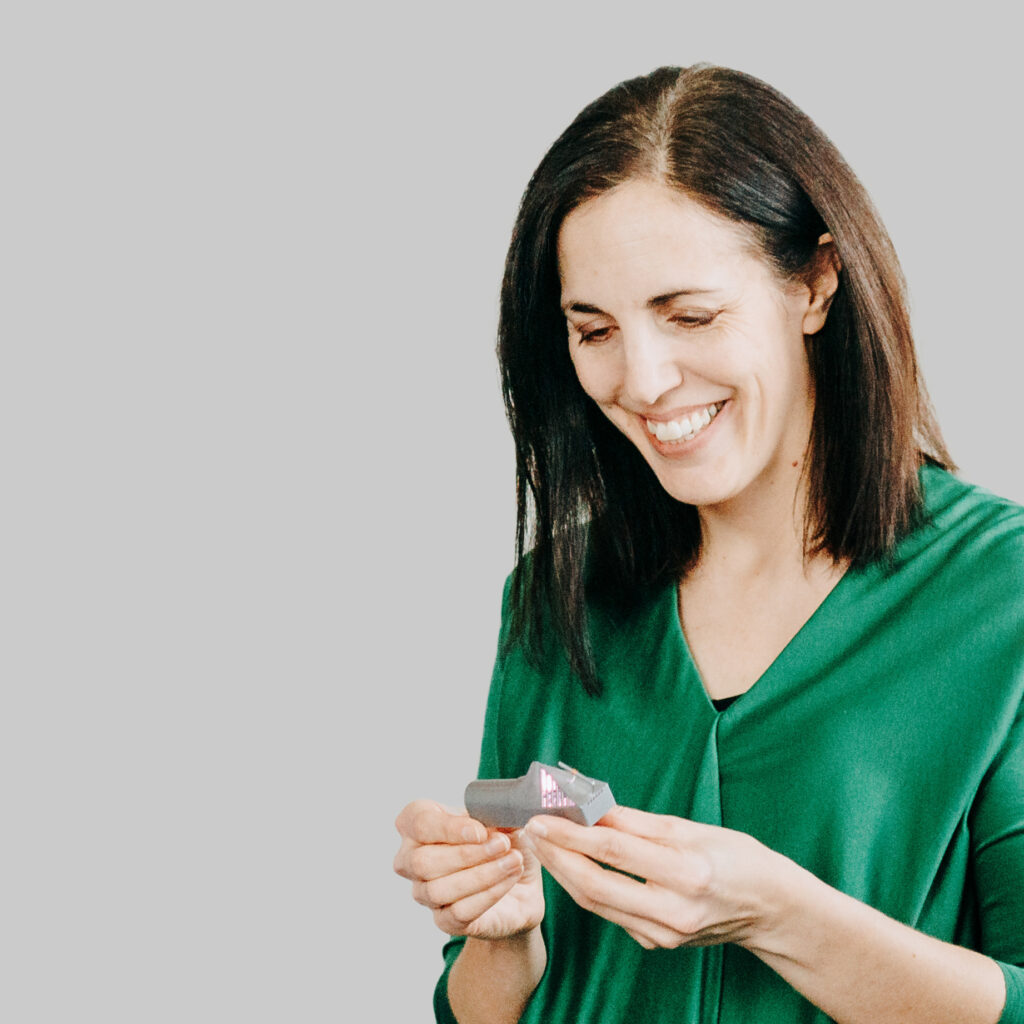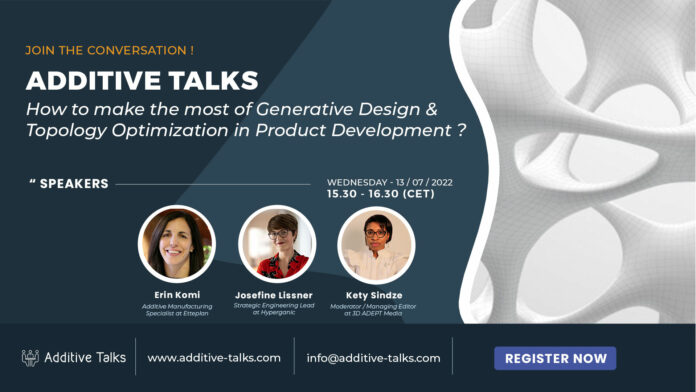Remember when we discussed “how to increase the value of the part” with DfAM and how the concept goes farther than design for manufacturing (DFM) ? Well, we highlighted the transition from DfM to DfAM and the importance to understand the impact DfAM can have on the part, one essential element we missed is that DfAM can go beyond the simple act of creating a part that can be 3D printed.
The fact is, understanding how “DfAM” can help to seize all the advantages of AM requires to understand the scope, ins-and-outs of each design strategy. The key to success is therefore to determine what design strategy best meets one’s product development and how to make the most of it.
In most product developments that involve AM, two of the most widely used design methods are generative design and topology optimization but the misunderstanding that lies in their differences and unique benefits is probably the one element that prevents them to create substantial value. That’s the raison d’être of our next Additive Talks session. Set to take place on Wednesday 13th July, 2022 from 09.30 am to 10.30 am Cambridge, Massachusetts Time (03.30 pm to 04.30 pm CET), the virtual table will host two main speakers:
Josefine Lissner, Strategic Engineering Lead at Hyperganic Group, a company that through Algorithmic Engineering is shifting the paradigm of how we design physical objects. Lissner appeared on our radar after the release of Hyperganic’s partnership with EOS, a release that featured the most weird and captivating aerospike rocket engine design we saw in the industry. While she designed this part, her skills and competences at Hyperganic go beyond designing as she focuses on next-generation hardware for spaceflight, advanced automotive applications, bio printing and other strategic areas.
Graduated with a Master in Aerospace, Aeronautical and Astronautical/Space Engineering from the University of Stuttgart, Germany, she was previously part of the Mercedes-AMG Petronas engineering team where she contributed to the aerodynamic design of the Formula 1 race car that won the world championships in 2018.

Lissner will be discussing this topic alongside Erin Komi, additive manufacturing specialist at Etteplan, a company whose services are geared to improve the competitiveness of their customers’ products, services and engineering processes throughout the product life cycle. Komi is one of those unsung heroes that we first knew through a dozen of publications she co-authored. During the past seven years, she dedicated her time to simulation-driven design for metal AM working on customer cases from a range of industries, while helping to develop efficient design workflows utilizing different combinations of tools for simulation and advanced 3D design to create solutions tailored to particular AM technologies.
Want to join their virtual table?







